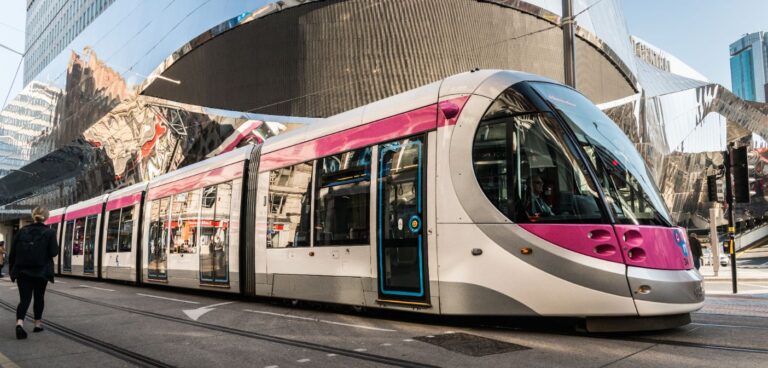A new report from charity Royal National Institute of Blind People (RNIB) has revealed some of the issues those with sight loss experience when trying to use public transport, with more than 50% of those with sight loss find it difficult to navigate public transport facilities.
What’s more, the report shows that more than 75% feel nervous about travelling to unfamiliar places and one in five not feeling safe doing so.
The RNIB supports people with sight loss and visual impairments and has called on transport operators to address gaps in their service provision to accommodate more passengers.
Some of the key recommendations of the report relate to including best practice throughout the design process. According to RNIB, the availability and consistency of accessibility measures vary greatly across transport modes and regions, and are especially poor in rural areas.
Read more: Inclusion illusion?
The report highlighted what RNIB sees as essential features to improving transport services’ usability for partially sighted passengers or those with sight loss. These are:
- Physical features: Tactile paving, detectible curbs, handrails, lifts, clear routes, step-free access
- Visual clarity: Clear signage and markings, colour contrast
- Audio design: Accurate, frequent, and clear audio announcements on buses and train.
Vivienne Francis, chief social change officer at RNIB, said: “We’ve worked with Motability to dig deeper into the common barriers people with sight loss face when planning and making journeys, which range from inaccessible websites to train and bus stations which are difficult to navigate, and lack of audio announcements to indicate changes or delays.
“We have now used the insights we gained to create a checklist of best practice, and the often simple changes people can make to make journeys more inclusive. We are calling for all transport providers to work with us to create a transport infrastructure that works better for everyone.”
In addition to this, even when making familiar journeys, more than two fifths of this group expressed needing support during every trip, with this number doubling for unfamiliar journeys.
Some 10% also report negative experiences with staff on public transport.
It also showcased the effectiveness of passenger assistance schemes in enabling independent travel, with these being highly praised by those that use them (roughly one in six).
Only one percent of those with sight loss use electronic kiosks to access travel information, whereas nearly 25% rely on friends and family instead.
People with sight loss also rely heavily on personalised ‘workarounds’ to feel a sense of control, with many avoiding certain routes, according to RNIB.
The research was funded by charity Motability, which aims to connect those with disabilities with modes of transport or mobility.
Barry Le Grys, CEO of Motability, said: “This report draws on the experiences of blind and partially sighted people to demonstrate the challenges they face when using public transport.
“It is vital that the voices of people with sight loss are heard so that the improvements can be made which allow them to travel independently. We are pleased to have worked with RNIB on this important research.”
Another highlight from the research included how technology like smartphones and travel apps, could support the increased independence of blind and partially sighted people using public transport.





